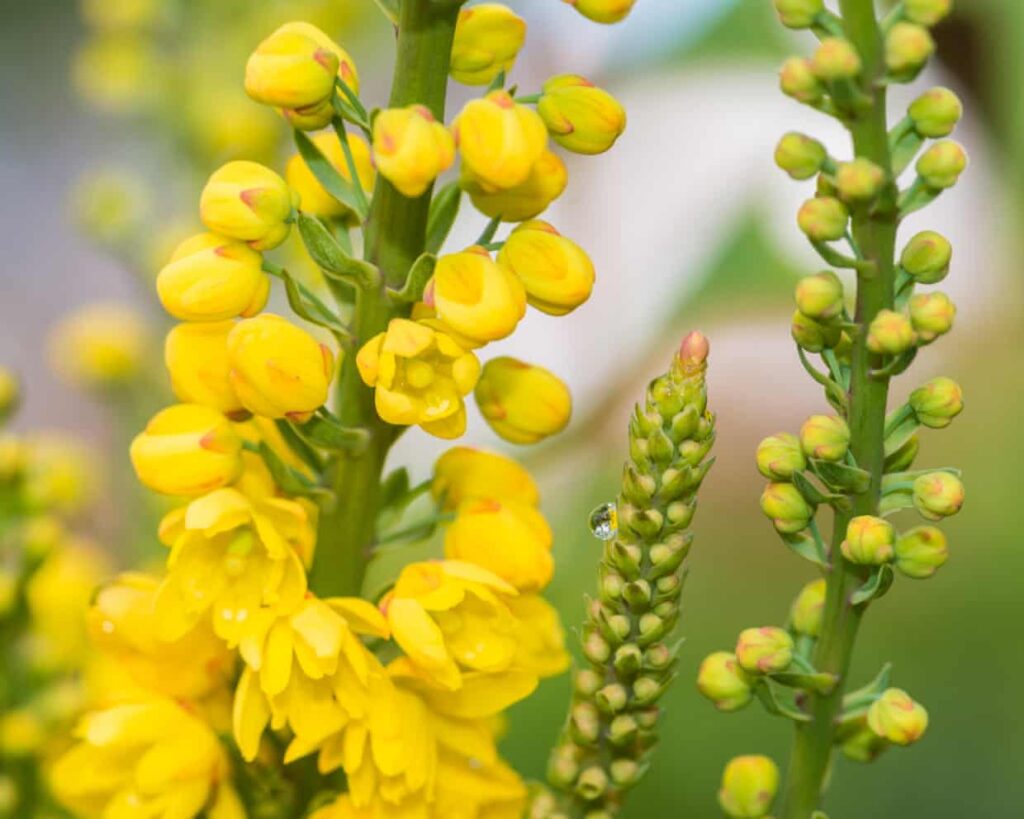
Flowers exhibit remarkable adaptations to attract and interact with pollinators, particularly through their male reproductive structures, known as stamens. Research has revealed that numerous plant species utilize rapid, touch-sensitive movements of their stamens to optimize pollen transfer and conserve resources.
In species such as Berberis and Mahonia, the stamens react to visiting insects by bending over and releasing pollen onto the insect’s body. This action occurs when an insect attempts to extract nectar, resulting in a brief but impactful encounter. As the insect is startled, it quickly leaves, carrying pollen to another flower. This mechanism ensures that nectar and pollen are not wasted, promoting efficient cross-pollination.
The Catasetum orchid presents an even more dramatic example of this phenomenon. When an insect lands on its flowers, it faces a rapid and forceful release of sticky pollen bags. These bags launch at such velocity that they can dislodge the insect from the flower, adhering to its body in the process. This strategy not only ensures that the pollen is transferred effectively but also enhances the likelihood of successful fertilization in subsequent flowers.
Australian triggerplants, belonging to the genus Stylidium, have their own unique approach. These flowers possess a club-shaped organ that rotates quickly—approximately 180 degrees—in response to touch. This rapid movement occurs in about 10 milliseconds, delivering a swift pollen hit to visiting insects. The trigger mechanism resets itself almost instantaneously, preparing for the next pollinator.
Understanding these specialized adaptations sheds light on the intricate relationships between plants and their pollinators. Such mechanisms not only facilitate the reproduction of various plant species but also play a crucial role in maintaining biodiversity within ecosystems. The efficient transfer of pollen enhances genetic diversity, which is essential for the resilience of plant populations in changing environments.
The study of these interactions continues to gain importance, particularly as researchers explore the impacts of environmental changes on pollinator behavior and plant reproduction. Enhanced knowledge about these dynamics can inform conservation efforts aimed at protecting both plants and the insects that aid in their reproduction.
As scientists delve deeper into the remarkable world of plant-pollinator interactions, the intricate ways that flowers engage their visitors remain a testament to the complexities of nature, highlighting the need for continued research and understanding of these vital ecological relationships.







